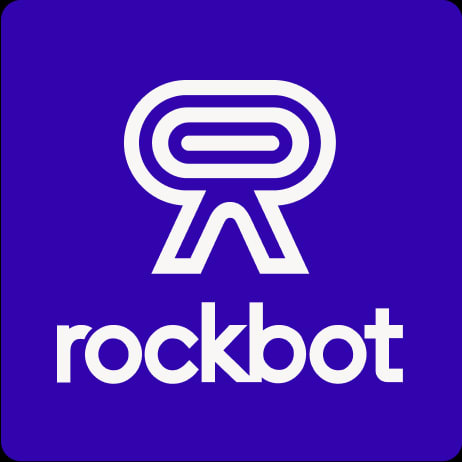Dive Brief:
- IBM introduced its latest tool to power developer productivity, an AI-optimized integrated development environment called Project Bob, the company announced Tuesday at its annual TechXchange conference.
- Now available in a private tech preview, the vibe-coding-like tool “goes beyond coding,” according to Bruno Aziza, VP of data, AI and analytics strategy. “It’s designed with advanced task generation capabilities, which automate tasks throughout the entire [life cycle] from editing, building and refactoring to testing, documenting, and scaling, and security and CI/CD pipelines,” Aziza said in an email.
- IBM has also expanded its AI partner ecosystem to include a new agreement with Anthropic, integrating its large language models with Project Bob first and other select IBM software products down the road.
Dive Insight:
IBM is targeting key enterprise hurdles that stand in the way of AI adoption plans, including readiness, data quality and fragmentation.
As part of its partnership with Anthropic, IBM created a guide focused on the AI agent development lifecycle, featuring tips on designing, deploying and managing enterprise agents.
The company also said it plans to extend observability and governance products — like its AgentOps offering — to mainframes with its watsonx Assistant for Z. AgentOps is a set of practices that enables customers to see how agentic tools are applying policies and handling sensitive data.
Improving controls was also core to the Project Infragraph announcement in September, which aims to replace fragmented tools with unified observability to reduce information silos and tool sprawl. On Tuesday, IBM said HashiCorp — the multicloud company it acquired last year — is beginning to accept applications for the private beta program.
“In the future, Project Infragraph plans to extend [HashiCorp Cloud Platform] to connect to IBM’s broader software portfolio, including Red Hat Ansible and OpenShift, watsonx Orchestrate, Concert, Turbonomic, and Cloudability,” IBM said in the announcement. “This approach aims to help customers unify infrastructure, security, and applications under a consistent data and policy model.”
IBM described Project Bob as more than a vibe coding tool, though it does have the key ingredients, such as an AI-first integrated development environment. Gartner defines vibe coding as an AI-driven approach to software development that leads to quickly created prototypes.
The company's IDE is in early testing with more than 6,000 adopters reporting productivity gains averaging 45%, IBM said.
AI-optimized IDEs have proliferated this year as more vendors attempt to capture enterprise enthusiasm for AI-powered coding tools. Salesforce launched Agentforce Vibes last week, as well as an autonomous AI agent called Vibe Codey. AWS and Microsoft have also released similar tools this year.
Gartner predicts 40% of enterprise software will be created using vibe coding by 2028, but most businesses are still wary of AI-reliant approaches and their effect on code quality and security.
CIOs are also considering how relying on AI at work could impact employees’ career progression and skill development. Nearly one-third of IT leaders cited overreliance on AI without accountability as their top concern, according to a Canva survey published in September.















